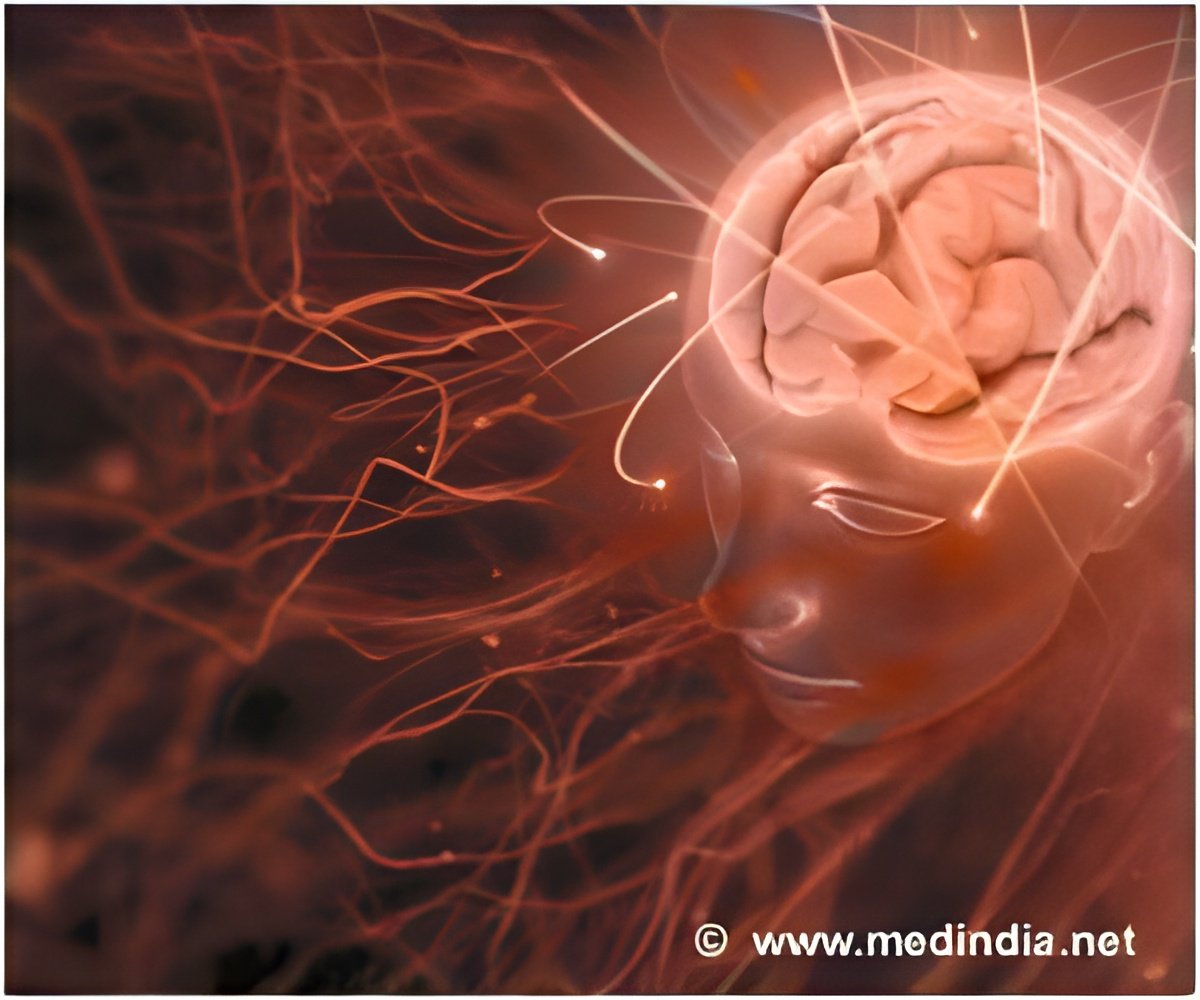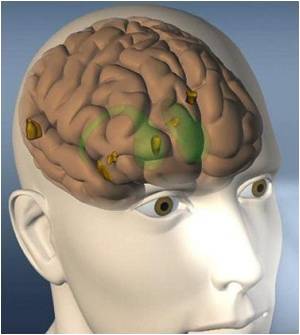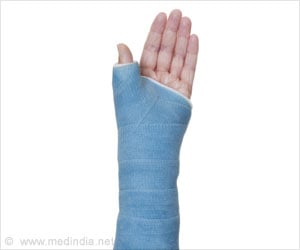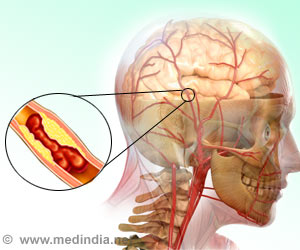
The study looked at whether a social and physical activity linked to music, such as tango, could have possible therapeutic value for PD patients who characteristically suffer from motor dysfunctions, tremor, rigidity, gait dysfunction, as well as from non-motor symptoms, such as depression, fatigue and cognitive degeneration.
Forty men and women with idiopathic Parkinson’s disease participated in the study, which involved studio classes with two professional dance teachers.
Lead researcher Silvia Rios Romenets said that there’s accumulating evidence that habitual physical activity is associated with a lower risk of developing PD, which suggests a potential slowing of PD progression.
Romenets added that they found the tango was helpful in significantly improving balance and functional mobility and seemed to encourage patients to appreciate their general course of therapy. They also found modest benefits in terms of patients’ cognitive functions and in reducing fatigue. No significant changes were detected in overall motor functions.
Argentine tango may be particularly helpful for improving balance and functional mobility in patients with PD. Tango requires specific steps that involve rhythmically walking forward and backward. This may be particularly helpful for walking difficulties especially for freezing of gait and to prevent backward falls. In addition, tango requires working memory, control of attention, and multitasking to incorporate newly learned and previously learned dance elements, to stay in rhythm with the music, and maneuver around others on the dance floor.
Advertisement
Source-ANI














